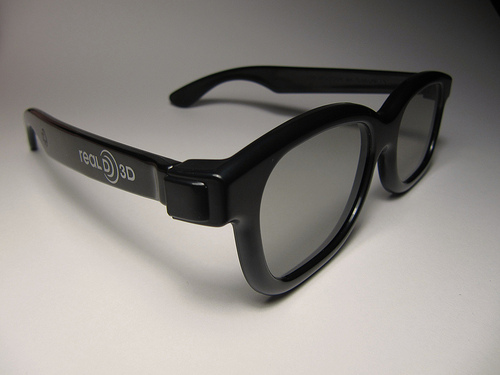3DTV Standards Face Multiple Obstacles

LOS ANGELES: Creating a standard for 3D video is a complicated matter. So says Peter Symes, director of engineering for the Society of Motion Picture and Television Engineers. What works in a theater doesn’t necessarily work for TV. 3DTV systems must support multiple delivery channels, multiple coding techniques and multiple display technologies, and everything in the associated workflows.
The SMPTE 3D Standards Working Group was launched in August of 2008 and is chaired by Bill Zou of DTS. It now has about 200 participants, who are helping to develop a Home Master standard that’s expected to become available this summer. The goal is to provide a single deliverable 3D format for content producers.
“I think we need to be careful to remember that all of these things are very, very hard,” Symes said. He summarized SMPTE’s 3D standards effort at West Coast seminar sponsored by the Sports Video Group.
The Working Group published an overview of the full 3D workflow and the related technologies last April. Digital cinema, for example, is addressed with a relatively simple left-right sequence approached. Displays involve a greater variety of technologies necessitating cross-coding. Delivery is even more diverse than displays, comprising physical media like DVDs, as well as broadcasting, satellite and cable delivery.
“How do you deal with controlling bandwidth,” Symes said. One candidate for efficient delivery of stereo images was a multivew coding (MVC) extension to MPEG-4/H.264. However, little bandwidth is ultimately preserved--high quality (40 dB) images carried 75 to 100 percent overhead; those of medium quality (33 dB) carried 65 to 98 percent overhead.
Besides finding the bandwidth for the additional image stream that creates the stereoscopic effect, 3DTV has other complications that movies don’t. There’s the issue of graphics overlay, captions and subtitles and metadata. The SMPTE group is also taking a look at format wrappers, such as MXF, whether an electrical interface should be specified, if depth representation is needed and if compression should be permitted. 3DTV has the added consideration of physiological affects. Disjoint stereoscopic images can make people sick.
“SMPTE likely will have to find the proper balance point” between too much restriction and the kind of leeway that impedes interoperability, Symes said. -- Deborah D. McAdams (An earlier version of this story identified Peter Symes as the head of SMPTE. My apologies to Barbara Lange, who is the new head of SMPTE.)
(Image by Don Buciak II)
The professional video industry's #1 source for news, trends and product and tech information. Sign up below.
